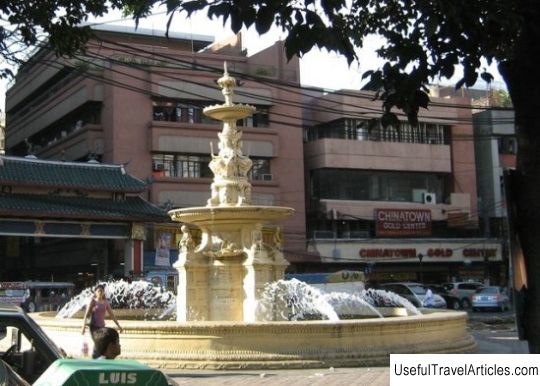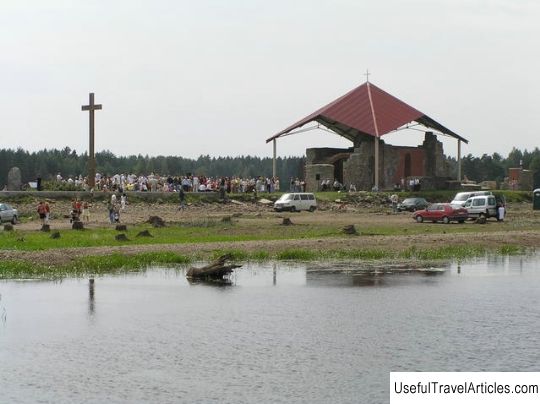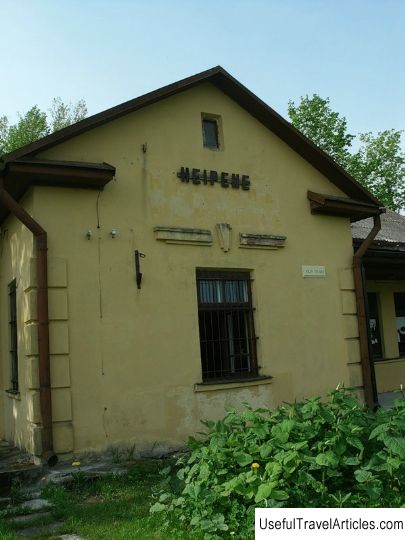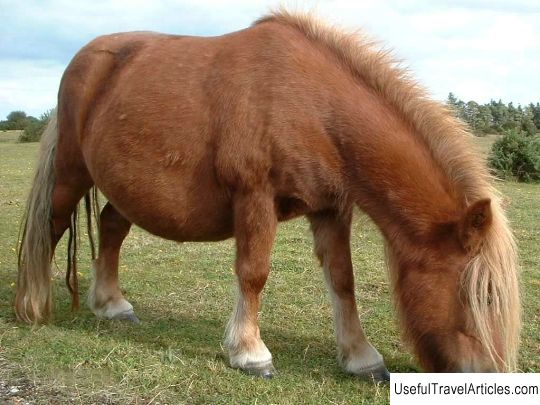Museum Andrew Pumpura in Lielvarde description and photos - Latvia: Ogre
Rating: 7,9/10 (3049 votes) 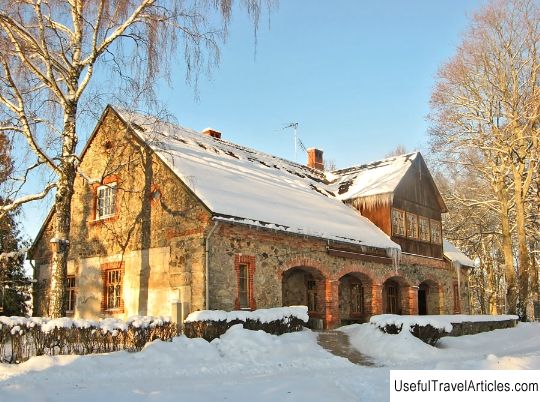
Museum Andrew Pumpura in Lielvarde description and photos - Latvia: Ogre. Detailed information about the attraction. Description, photographs and a map showing the nearest significant objects. Title in English - Museum Andrew Pumpura in Lielvarde. Photo and descriptionThe museum in the town of Lielvarde, which is located in the Ogre region, is dedicated to the famous Latvian poet, a prominent representative of "folk romanticism" Andrey Indrikovich Pumpura (English - Museum Andrew Pumpura in Lielvarde) and his famous brainchild - Lacplesis. Lachplesis is a famous hero-hero of the Latvian epic, who performs extraordinary feats in the fight against dark forces on the Latvian land, but dies in battle with the vile and cunning Black Knight. Lachplesis is still very famous in Latvia. Even the national holiday Day of the Motherland Defender is called Lachplesis Day. Andrey Pumpur is famous not only for Lachplesis. He was a worthy officer in the Russian army, took part in the Russian-Turkish war, fighting for the independence of Serbia. Pumpur graduated from the cadet school in Odessa and became a professional military man. The exposition of the museum tells about the life of this fearless man and about the time in which his unforgettable work appeared. The museum is located in a building on the banks of the Daugava. One of the huge boulders in the park near the museum is the bed or bed of the hero Lachplesis. The giant stone can be found on all tourist maps of Latvia. Historians and archaeologists confirm that the epic of Andrey Pumpur "Lachplesis", created on the basis of folk tales, tells exactly about the grandiose and tragic events associated with this boulder. It was near him that the battle took place, in which the treacherous Black Knight tricked off the bear ears of Lachplesis. According to legend, the stone is magical and can fulfill a cherished desire. And another secret of the museum is the famous Lielvarde belt, named after the place where the museum is located. It is a woven belt as wide as a palm and about 4 meters long. It is wrapped around the waist several times. The traditions of the Lielvarde belt weaving have been passed down from generation to generation for many centuries. The belt consists of red and white threads. It is important that the red thread is wool and the white thread is pure linen. An ornament is woven from them. The Lielvarde belt contains about 50 plots. They grow in order from simple to complex, from small to large. Among the elements of the ornament are branched crosses, rhombuses, zigzags, swastikas. There is a version that the belt is not just an ornament, but encoded letters of ancient ancestors. The belt contains about 200,000 points and stores information about the universe, space, life and death. Each belt was created for one person and was absolutely unique. The master weaved a belt with the name of its future owner on his lips and against the background of the common universe he weaved his entire life path with an ornament. At present, the masters have preserved only ornamental designs, and their names and symbols have long been lost. At the end of the 19th century, Andrei Pumpur was the first to try to decipher the information hidden in Latvian folklore. He determined that sacramental knowledge is hidden in the ornaments. Many scientists tried to unravel the mystery of the Lielvarde belt. Do not lose hope of deciphering ancient writings and modern researchers. But there is also another version. The riddle of the Lielvarde Belt has already been solved and all the letters have been read. But, since humanity is not yet spiritually ready for this kind of information, the content of the ornament is kept in the strictest confidence. Who knows, maybe this is so. At the kiosk at the museum you can buy wonderful souvenirs - a modern hat with bear ears, like Lacplesis and the Liervard belt.  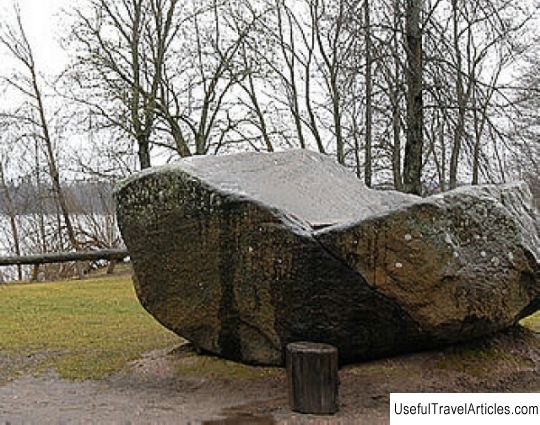    We also recommend reading Church of San Francisco (Iglesia San Francisco) description and photos - Bolivia: La Paz Topic: Museum Andrew Pumpura in Lielvarde description and photos - Latvia: Ogre. |
